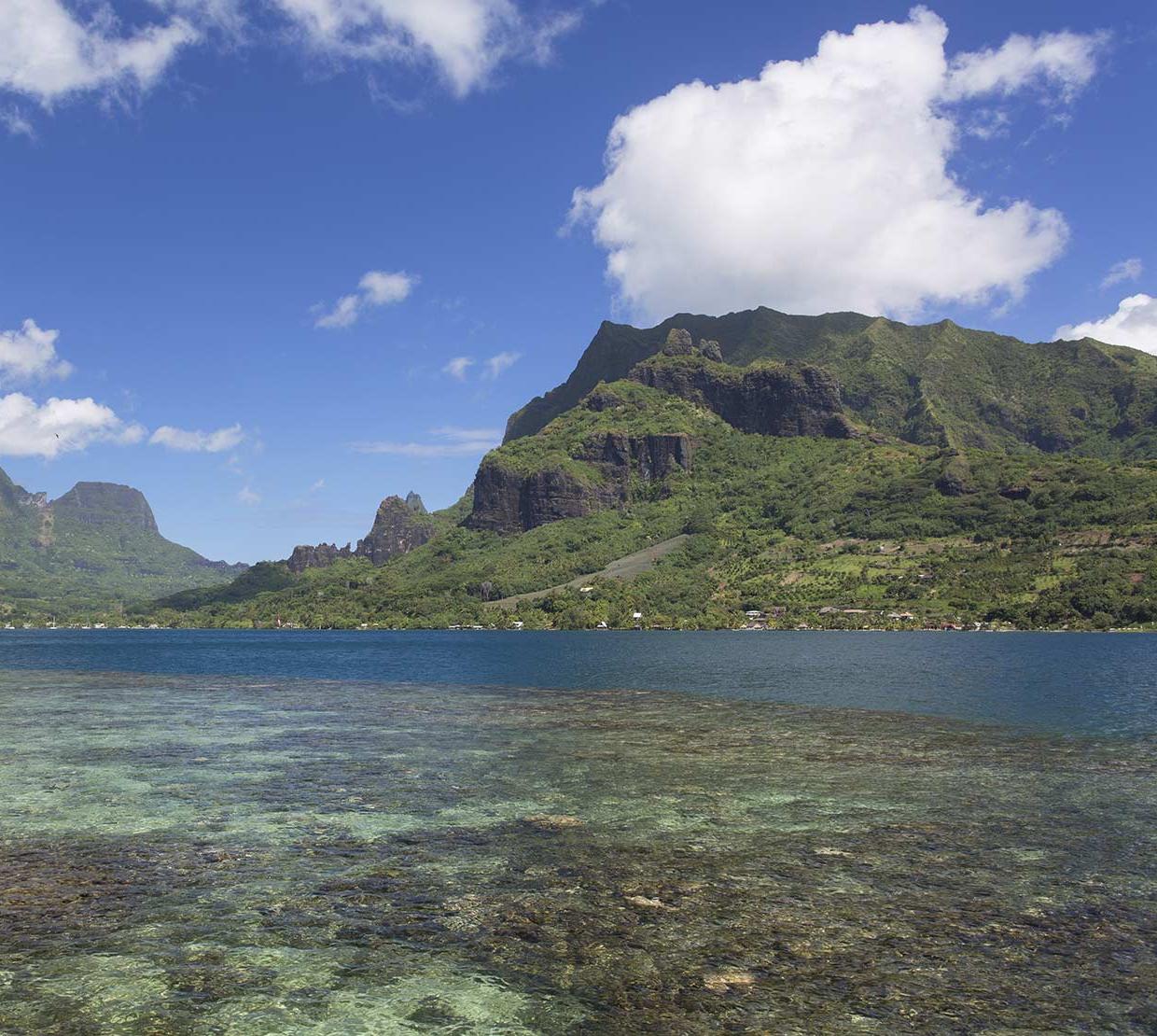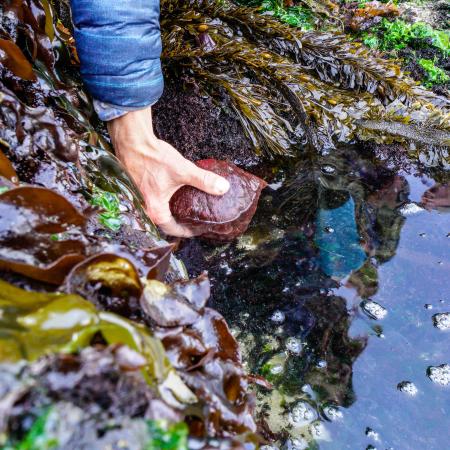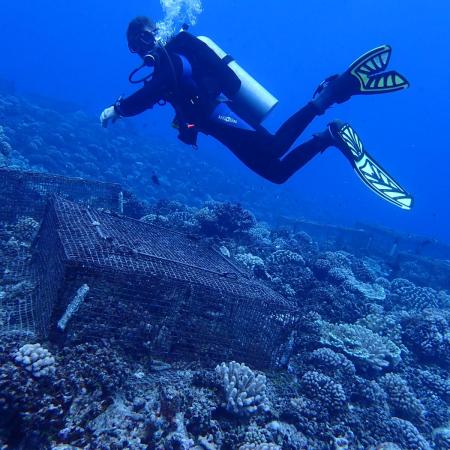Researchers using artificial intelligence and “big data” plan to develop new algorithms that they say will enable them to identify, locate – and eventually predict – crimes committed in the world’s oceans, from illegal fishing off the Patagonia shelf to drug smuggling in Central America to slave labor and human trafficking in the Indian Ocean.
The perpetrators of these illegal, unreported and unregulated (IUU) activities collectively use vessels called “the dark fleet,” not just because of their criminal activity, but because they try to hide their location by turning off their GPS tracking systems and navigating between legally operating and visible boats.
“IUUs include all kinds of terrible things,” said James Watson, a marine scientist expert at Oregon State University, and a principal investigator on the project. “We came into this thinking primarily about illegal fishing, but that turns out to be just the tip of the iceberg. It is much, much bigger.”
The problem often begins, however, with illegal fishing, which is widely recognized by governments around the world, the seafood industry and many citizens as a major problem, said Jane Lubchenco, distinguished marine ecologist and Professor of Integrative Biology, who serves as co-principal investigator on the project.
“Illegal fishing threatens food security, compromises ocean health, penalizes honest fishermen and fishing companies and is all-too-often linked to slave labor, human trafficking and drug trafficking,” said Lubchenco, who serves as Marine Studies Advisor to OSU President Ed Ray.
“The issue has been what to do about it. Fortunately, the world has recently made huge strides in creating policy agreements, mobilizing political will and harnessing technology and artificial intelligence to ‘see,’ crack down on, and deal with some of the illegal fishing.
“In truth, these changes have happened at a breakneck pace for governments and industry – a pace that has surprised me and that gives me hope. It is a tough problem, but it is solvable,” said Lubchenco.
The researchers, all from Oregon State, are using a three-year, $860,000 grant from the National Aeronautics and Space Administration (NASA) to develop their computational tools. Their first step is to synthesize the data on the location of a majority of the world’s vessels – data that only has become available within the last year.
They believe they can identify illegal activities at sea in part by watching the behavior of nearby vessels operating legally – much in the same way that astronomers identify far-away planets without really “seeing” them, but instead based on the behavior of other celestial bodies in response.
Once they have their algorithms, they will test them by using training datasets on known instances of maritime IUU activities, and then develop a model for predicting these activities in real time, and developing appropriate intervention tools.
Watson said one trick is to look at when a suspect vessel goes into a suspicious area, turning off its GPS system as it enters. When a vessel begins an illegal activity, the legal boats often begin acting differently. They get out of the area. Those anomalous responses can be telling.
“We have solved part of the problem through politics and political will, and now we need to tackle the rest,” said Lubchenco, who formerly served as Administrator of the National Oceanic and Atmospheric Administration and as part of President Obama’s “Science Dream Team.”
“We can use our current tools to see and clamp down on only part of the illegal fishing fleet. That’s where this project is so exciting – we can devise novel ways to vastly expand the numbers and kinds of fishing vessels that might be engaged in illegal activities.”
Maria Kavanaugh and Jamon Van Den Hoek of Oregon State University also are principal investigators on the project.
Read the full article




